Sacred coral pyramid tombs on Pacific island Kosrae date to 14th century
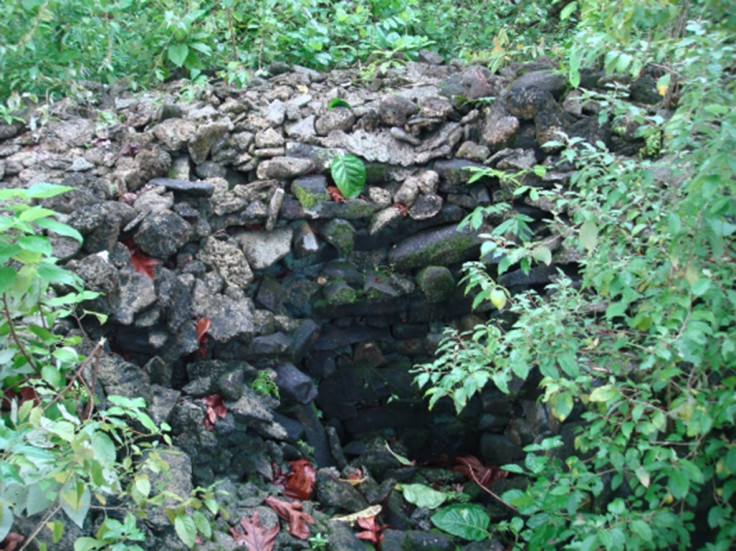
Ancient and sacred tombs found on the island of Kosrae are 300 years older than previously thought, dating to the 14<sup>th century – cementing it as a hub of political and economic activity throughout this part of the Pacific.
Researchers used radiometric dating to find out how old the royal tombs found on the island were.
Publishing their findings in the journal Science Advances, the researchers say the dates redefine the peak occupation of the island's capital, Leluh, a once sprawling city of man-made islets, canals and walled compounds.
Most ancient royal tombs were made as permanent structures from materials such as limestone, granite and clay. The Leluh tombs, however, were made from living coral. Legend tells how coral was taken from the sea by people forming a long chain on a shallow reef, passing pieces from hand to hand.
Instead of being permanent tombs, they served as temporary mortuary processing points. Bodies were placed inside the structures for up to three months, before the bones were exhumed, cleaned and re-bound, and then buried in a deep hole on the nearby reef.
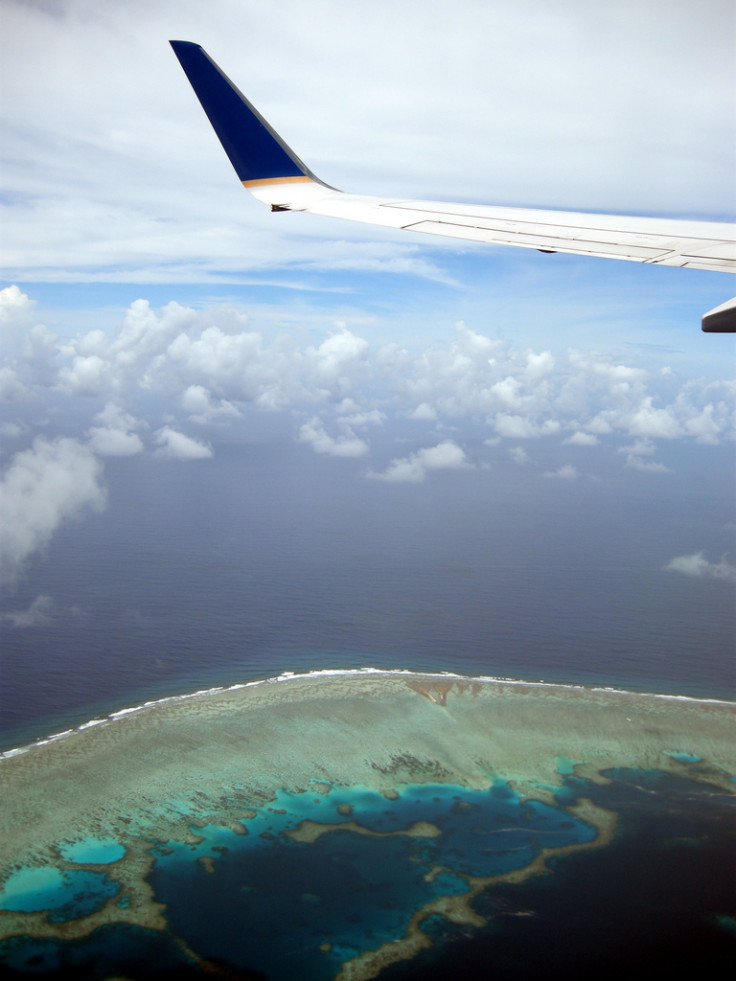
Oral traditions suggest the tombs were reused – a supposition researchers say is plausible based on the historical record and them being temporary points in the burial process.
Previously, it was thought the tombs were constructed sometime between 1600 and 1650 on the basis of their construction style and location. However, using high-precision uranium-thorium dating, study author Zoe Richards and colleagues found the corals collected from three of the tombs showed they were built in the 14<sup>th century.
"The new dates redefine the peak occupation of Leluh and place its ruling paramountcy at the leading edge of the developing trans-oceanic political hierarchies, as well as the social and economic systems that dominated the civilisations in this part of the world," the authors said.
Speaking to IBTimes UK, Richards said the tombs had only ever been dated by association, so finding out they were older was not necessarily a surprise. Because the tombs were temporary processing points, there was a lack of material for scientists to radiocarbon date.
It was only because of relatively new advances in dating techniques that the team was able to precisely date the coral tomb construction.
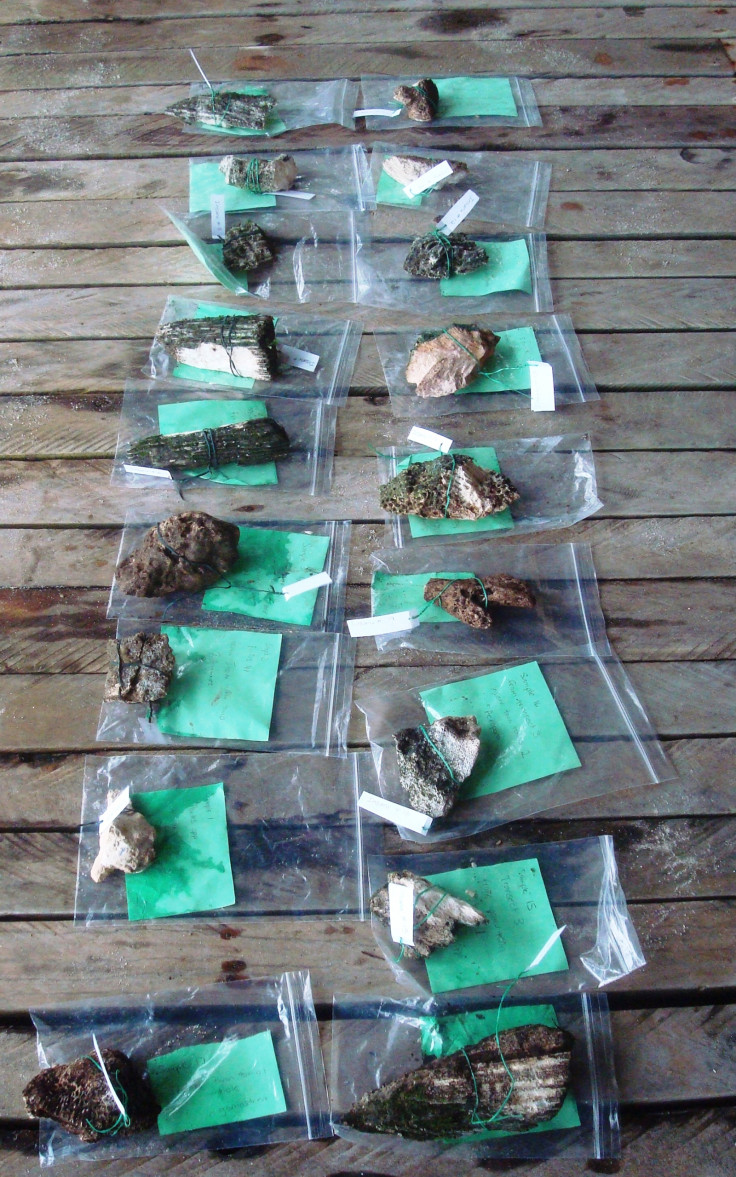
The findings, Richards said, lend support to other work that suggests an earlier construction and occupation of Leluh: "It also better supports Leluh's place in the region, not only as a rival to Nan Madol on Pohnpei, but also as a hub of political and economic activity throughout this part of the Pacific.
"This is an exciting turn in the research on Kosrae as it adds another layer to the history of the island and enriches our understanding of its role in the expansion of its social-political-economic influence in the region."
In terms of the funeral practices of the inhabitants of Kosrae, she said it shows a "Pacific-island twist" on what is common practice elsewhere (the use of a crypt). The bodies were later disposed of in the 'blue hole' or 'hole in the reef' that leads to the ocean: "We have seen such secondary burials in Southeast Asia, for instance, where the remains of the dead are gathered and placed into jars."
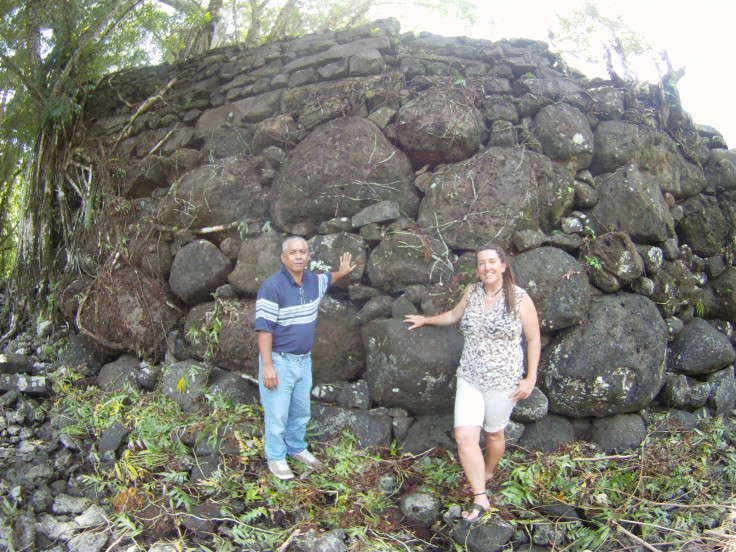
By the start of the 19<sup>th century, the civilisation began to collapse. A typhoon had devastated the area and shortly after foreign ships, pirates, European whalers, missionaries and traders began to arrive. The population could no longer keep up with demands and the ancient city fell into disrepair.
Inside one of the tombs studied, researchers found the remains of a man and his dog. Scientists believe this was the last person to have a royal burial of this kind in Leluh. The burial was not completed – the bones not being cast into the hole on the reef – suggesting widespread changes were underway by the mid-19<sup>th century.
"Contact with Europeans began in 1824 with the arrival of Duperrey's expedition on board the La Coquille and intensified from the 1830s to 1860s," the authors wrote. "The rapid population decline due to the introduction of diseases brought by the western arrivals, coupled with the introduction of Christianity, led to a decline of the ancient feudal system and traditional cultural practices. After 1830, the saru [tombs] were no longer used."
The last king of Leluh was forced to abdicate in 1874 and was buried in a Christian graveyard.
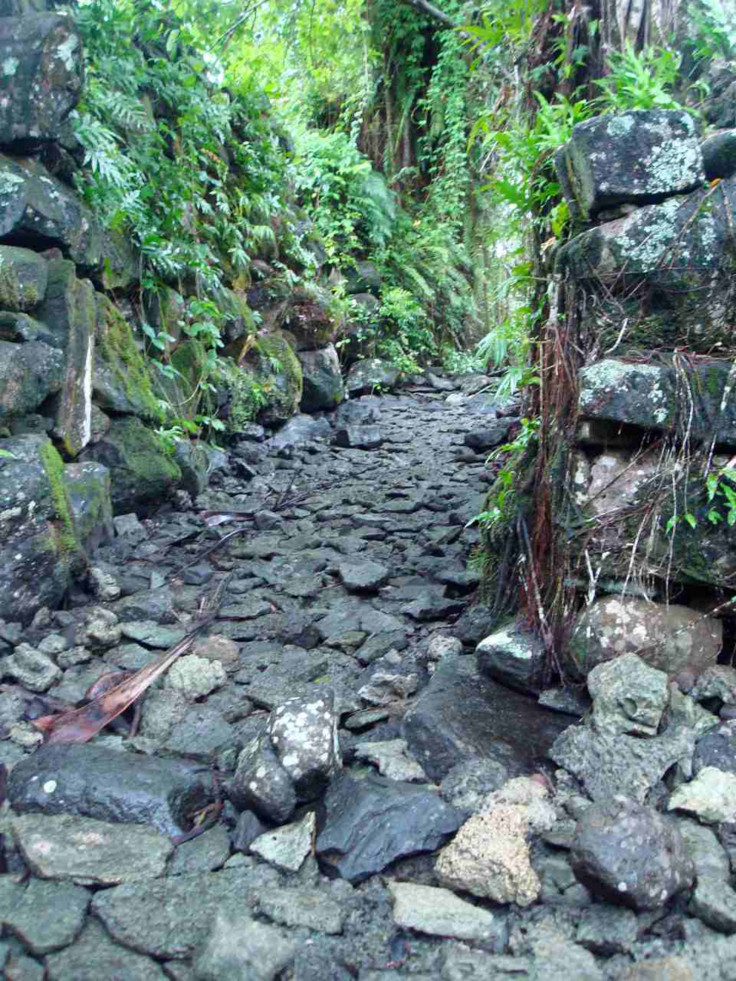
"The demise of the ancient ruling class, with Leluh as the symbol of that power and domination, was on a long slow decline through the 19th century, as western missionaries, marketeers and others began to occupy and use Kosrae as a stopping point on their voyages across the Pacific," Richards said. "These new visitors introduced western cultural habits, they introduced diseases that had never been present before, and basically brought Kosrae into the western sphere of influence."
Speaking about the man and his dog, she said that by the time of his death there was a diminished population, with the ruling clans losing much of their prestige and power.
"This was the end of the 19th/beginning of the 20th century, when Kosrae had experienced a heavy loss of its population, and had been subject to violent storms and environmental desolation. There weren't enough people on the island to rebuild the infrastructure, and as the influence of the church was growing it was also empowering the local population to question the rule of the Tokosra.
"So, we are not really sure who this man in the tomb was, and the presence of a dog with the remains is enigmatic."
© Copyright IBTimes 2025. All rights reserved.






















